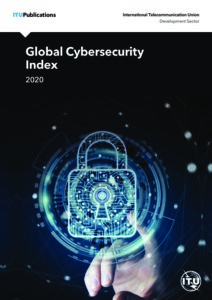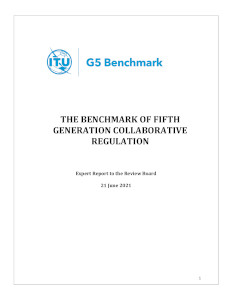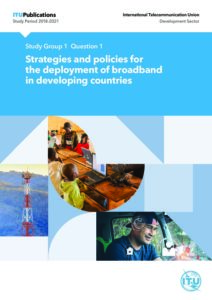
Global Cybersecurity Index 2020
Published in 2021The Global Cybersecurity Index (GCI) was first launched in 2015 by the International Telecommunication Union (ITU) to measure the commitment of 193 ITU Member States and the State of Palestine1 to cybersecurity to help them identify areas of improvement and encourage countries to take action, through raising awareness on the state of cybersecurity worldwide. As cybersecurity risks, priorities, and resources evolve, the GCI has also adapted to give a more accurate snapshot of cybersecurity measures taken by countries. This report aims to better understand countries’ commitments to cybersecurity, identify gaps, encourage the incorporation of good practices, and provide useful insights…
Read »







